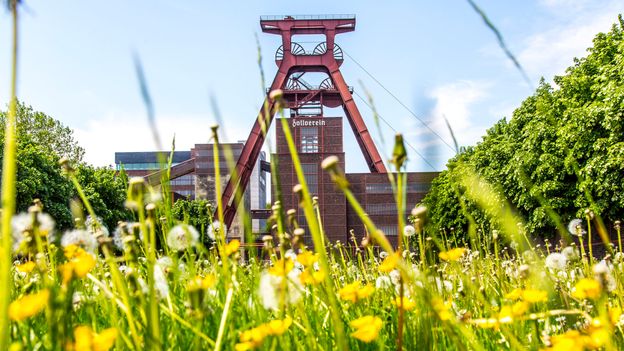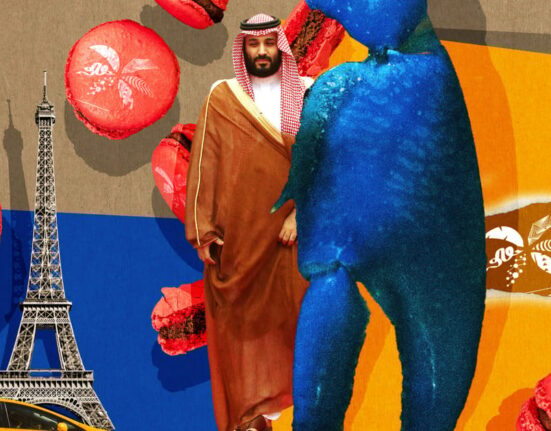“Zollverein is a role model for structural transformation not only in Essen but in the entire Ruhr area,” said Hanna Lohmann, press officer from the Zollverein Foundation. “It vividly shows that everything is possible – going from mining coal to climate protection and culture.”
Yet, Essen isn’t resting on its green laurels and is continuing to add eco-friendly initiatives. A 100km cycling ‘super-highway (dubbed the Ruhr RS1 and the more-colloquial “Route 66 for cyclists”) is slowly taking shape atop old industrial railways. Since the highway’s first 6km stage was completed 2015, linking Essen and Mulheim an der Ruhr, it’s already estimated to have reduced carbon dioxide emissions by 16,600 tonnes per year. When finished in 2030, it will link the cities of Hamm and Duisburg with a series of paths traversing the wider Metropole Ruhr region.
A string of nature-walking trails have also been created in and around the city to help boost local engagement with – and appreciation of – natural habitats. In 2022, the 26km ZollvereinSteig route in the north of Essen was completed, while the latest addition is the 33km DeilbachSteig which connects Essen with the neighbouring towns of Velbert and Hattingen. All the trails are easily accessible by public transport.
More than 100 community-run urban farms have also sprung up across Essen, like the Bonnekamp Permaculture Farm, a beacon of biodiversity and food production that sells its organically grown products around the city. “Some people used to be amazed by old containers filled with carrots, kohlrabi or pumpkins, [but] today more and more people now understand that in these projects ideas of sustainable development are flourishing,” said urban planner Dr Juliane von Hagen.
Among the city’s many “Blue” transformations are the creation of lakes and ponds by harvesting rainwater. The lake at Krupp Park is fed by rainwater flowing down pipes from the roof of a building at the nearby steel and engineering giant ThyssenKrupp AG, while the Niederfeldsee lake pulls water from surrounding roofs to brighten another former industrial area. Duck-dotted rainwater ponds also frame student accommodation at Essen’s new University Park.
Perhaps the toughest of Essen’s “Blue” solutions involved restoring the River Emscher, considered a biologically dead “open sewer” since the end of the 19th Century, thanks to the dumping of mining and factory slurry and waste water.







